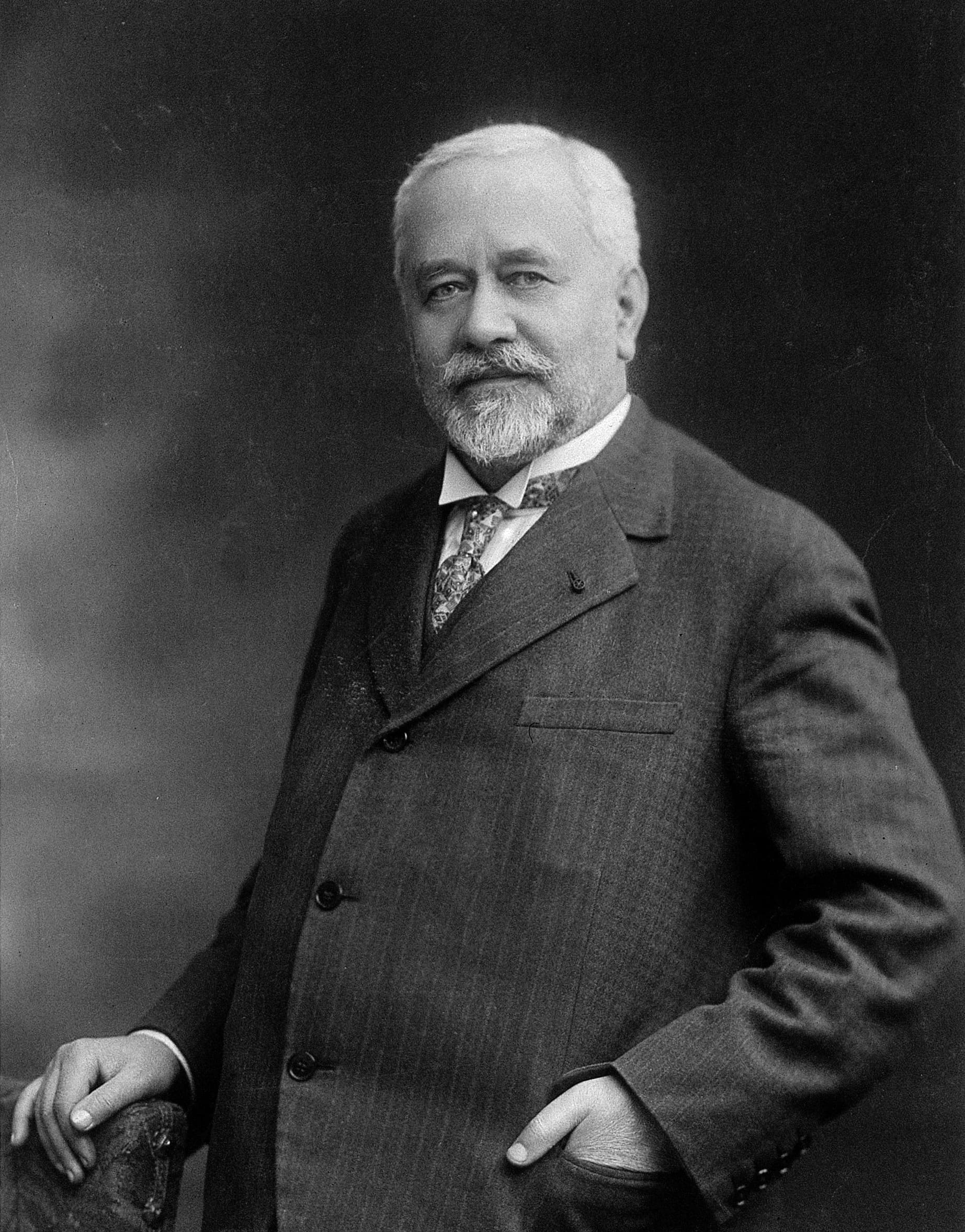Traveling from the outer districts to downtown Saigon is a journey through courses of Vietnam history, as road names are also used to commemorate key events and personalities throughout the country’s history, in addition to serving the basic purpose of orientation.
In 1955, all street names in Saigon were changed from French to Vietnamese as one of the approaches that the new political regime implemented to assert its political independence. Only Pasteur Street and Calmette Street were maintained. Thus, most French street names that we see today were in fact adopted during Vietnam’s post-independence period and were not inherited from the French.
Pasteur
Pasteur, probably a familiar name to many people, stretches about 1.9km, from Vo Van Kiet Street of District 1 to Tran Quoc Toan Street of District 3. This was one of the few streets with a Western name at that time because the Pasteur Institute was located next to the road and continued to exist despite the political regime changes over time.

This street is named after Louis Pasteur (1822 - 1895), a French doctor considered the father of microbiology research and the person who invented the world's first antibiotic. In 1891, based on Pasteur’s idea, the Pasteur Institute was developed in Saigon as the first branch of the main institute in Paris, France.
Therefore, while hundreds of French street names were simultaneously displaced in 1955, the name Pasteur was still attached to the old street of Saigon.

Calmette
Calmette Street starts from Ben Chuong Duong, right at Calmette Bridge, to Tran Hung Dao Street. This is one of the oldest streets in the city, named after Albert Calmette (1863-1933), a French physician, bacteriologist and immunologist. He was Louis Pasteur’s student and the one who established and operated the first Pasteur Institute in Vietnam in 1891.

In less than 3 years in Saigon, he initiated and completed a significant amount of work, both building facilities and improving techniques to perform some diagnostic tests and produce smallpox vaccine, rabies vaccine, research on tropical diseases, make wine yeast, and produce anti-cobra venom serum.
To commemorate his contributions, the French in Saigon named places after him, including the Calmette Street and the Calmette Bridge.

Yersin
Yersin Street, located in Cau Ong Lanh Ward, District 1, connects Vo Van Kiet Street to Pham Ngu Lao Street.
Alexandre Yersin (1863-1943) is a Swiss-French physician, bacteriologist and explorer. He discovered the Lam Vien plateau and mapped out a land route from Central Vietnam to Cambodia. Yersin also founded and was the first principal of the Indochina Medical School, the predecessor of Hanoi Medical University.
In 1891, when he arrived in Nha Trang, Yersin fell in love with this land and decided to stay here. He lived close to the residents and often provided free medical examinations and treatment to the poor.
In 2014, Alexandre Yersin was awarded “honorary Vietnamese citizenship” on the 151st anniversary of his birth.

Bertrand Russell
Located in the Phu Minh Hung urban area, Bertrand Russell Street is familiar to the locals living near the Crescent Lake. Bertrand Russell (1872-1970) is a famous British philosopher, logician, mathematician, and writer in the 20th century.
During the Vietnam War, he was active in opposing US intervention in South Vietnam. In 1963, at the age of 91, he sent an international letter criticizing the US for conducting a genocide in Vietnam by using napalm bombs in the war.
At the same time, he founded the Bertrand Russell Peace Organization, which exhibited brutal images in Vietnam, including schools, hospitals and churches destroyed by bombs.
Being nearly 100 years old, he returned to England to campaign for recognition for the Democratic Republic of Vietnam, and his work was especially admired by young people at that time, including the famous Beatles.

Luther King
Near the Bertrand Russell Street, Luther King Street lies along the Crescent Lake and it is named after Martin Luther King Jr. (1929 - 1968), a famous African American civil rights activist. He delivered his revolutionary speech “Beyond Vietnam - A Time to Break Silence” at Riverside Church on 4 April 1967, condemning the Vietnam War and describing the war’s deleterious effects on both America’s poor and Vietnamese peasants. Despite public criticism on his speech and movements, King continued to attack the Vietnam War on both moral and economic grounds.

